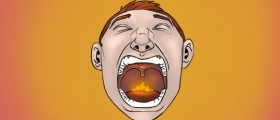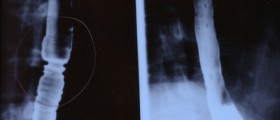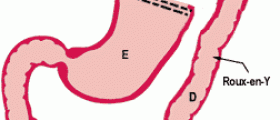
Fundoplication is frequently used surgical procedure to treat symptoms of gastroesophageal reflux disease (GERD), especially if this problem can’t be controlled properly by the drugs. Patients with hiatal hernia due to GERD could also need this surgery.
Sometimes, GERD patients may also have symptoms such as cough, asthma and hoarseness of their voice due to reflux of stomach acid. If medications don’t work, patients may opt for fundoplication, as well as those who can’t (or won’t) take the drugs because of possible side effects they could provoke.
Fundoplication may end up misery of persistent medication to treat GERD symptoms. Patients should be informed about the surgery, its costs, benefits and possible problems associated with this procedure.
About Fundoplication Procedure
Fundoplication surgery can be done through patient’s abdomen or the chest, or in some cases using laparoscopic technique. Surgeon saws the upper curve of the stomach (called the fundus) into place, wrapping it first around esophagus. This way, lower esophagus sphincter becomes stronger and there is no more stomach acid coming back to the esophagus and no more unpleasant and painful symptoms. Hiatal hernia is also repaired during this procedure.
This is surgery done under general anesthesia and you will be sleeping for the whole procedure. After the surgery, you may expect to spend several days in the hospital (if yours was an open surgery). Recovery after open surgeries usually takes 4 to 6 weeks.
Laparoscopic surgery requires only several days of hospitalization and there is significantly less pain for the patient. Several weeks after the surgery you will be ready to work. Change of diet is required for all patients who had fundoplication surgery. Until the incision and wounds heal, you may need to eat only soft food. Doctors recommend eating slowly and chewing the food properly.
Fundoplication Risks
This type of surgery is done under general anesthesia and there are health risks regarding the use of medications to induce anesthesia and also risks of infection and some bleeding during the surgery. After the surgery, patients may experience recurrent heartburn, bloating, excess gas and gas buildup and swallowing difficulties. In some patients, esophagus may slide out the wrapped portion of the stomach and lower esophageal sphincter remains unsupported.
As mentioned, patients may also expect some pains on the incision sites, especially bothersome for some people who underwent open fundoplication surgery and less problematic for laparoscopic fundoplication.
This procedure can’t be reversed and for some patients even second surgery won’t be able to resolve all unpleasant GERD symptoms.

















Your thoughts on this
Loading...